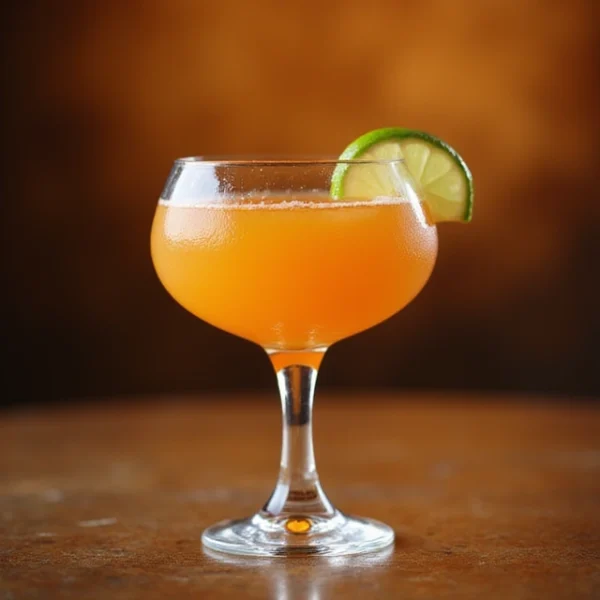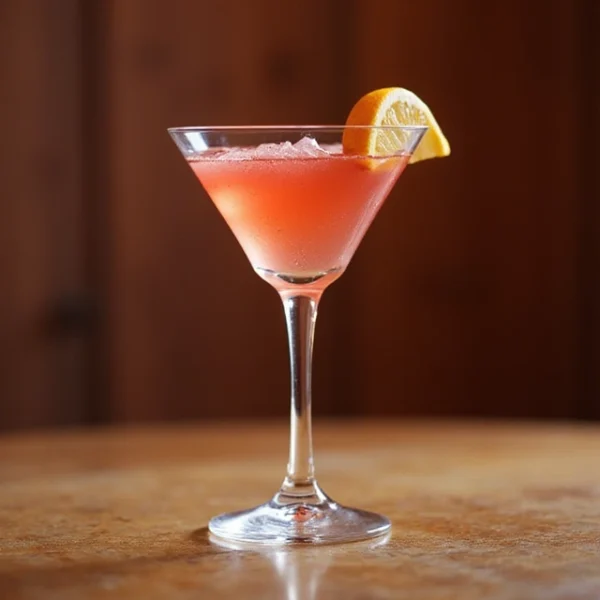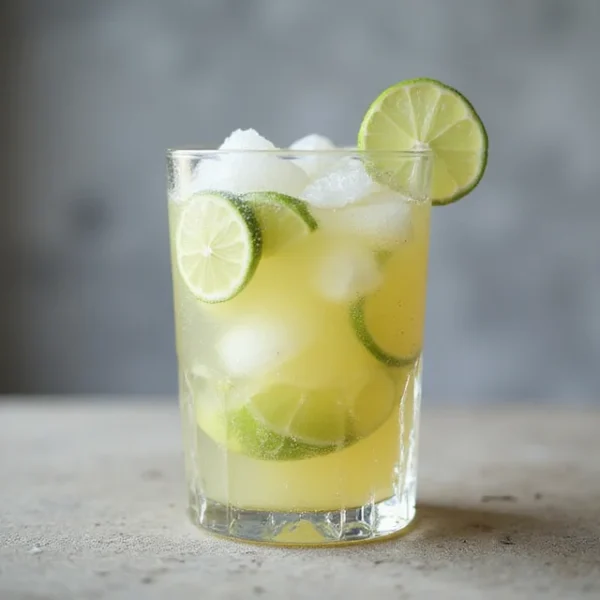Dry Martini Cocktail Recipe
James Bond drinks it. Hemingway wrote about it. Your weirdly sophisticated aunt swears by it. The Dry Martini isn’t just a cocktail—it’s a power move in a glass. And if you’ve been shaking it instead of stirring, or (god forbid) using cheap vermouth, we need to talk.
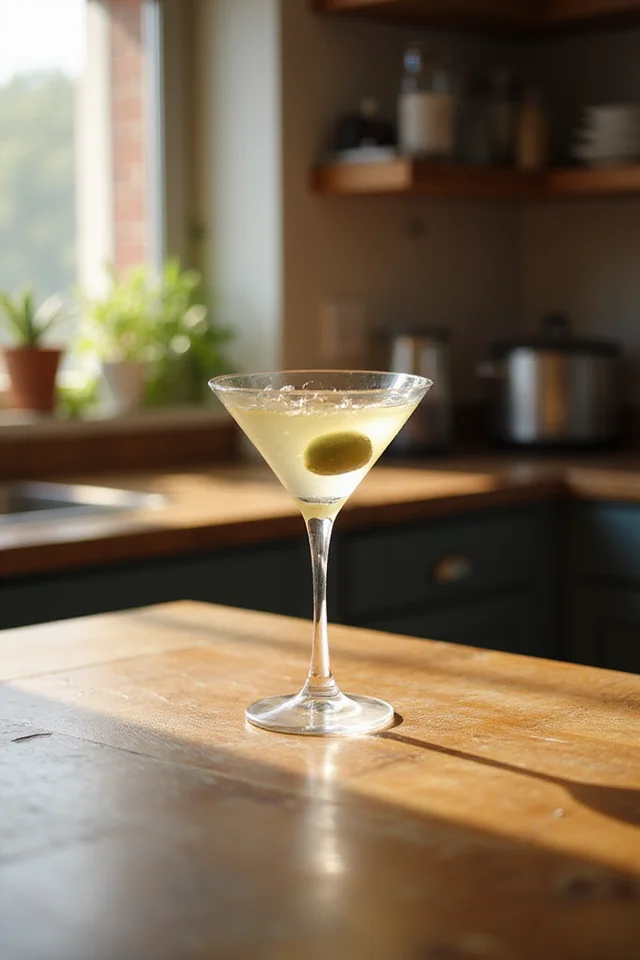
This isn’t just gin and vermouth thrown together like a sad office party punch. A proper Dry Martini balances crisp, botanical gin with just a whisper of dry vermouth, chilled to perfection. Stirred, not shaken—because we’re not trying to bruise the gin or look like a Hollywood spy.
The magic? Quality ingredients and precision. Skip the bottom-shelf liquor unless you enjoy regret. A great Martini is clean, bracing, and so smooth you’ll forget you’re technically drinking straight alcohol.
Prep time: 3 minutes (because patience is overrated)
Cook time: 0 minutes (it’s a cocktail, not a soufflé)
Total time: 3 minutes (faster than ordering one at a crowded bar)
Servings: 1 (sharing is optional, but discouraged)
Ingredients
Instructions
- Chill your glass. Fill a coupe or Martini glass with ice water and let it sit while you prep. Warm glass = sad Martini.
- Mix the booze. In a mixing glass, combine gin, vermouth, and bitters. Stir gently with a bar spoon for 30 seconds. Stirring keeps it silky; shaking makes it cloudy (and pisses off purists).
- Strain it. Dump the ice water from your glass and strain the cocktail into it. No one wants diluted leftovers.
- Garnish like a pro. Twist a lemon peel over the drink to spritz the oils, or drop in an olive if you’re feeling salty.
- Drink immediately. This isn’t a wine. It’s meant to be enjoyed icy cold.
Nutritional Values
Let’s be real: you’re not drinking a Martini for its health benefits. But for the curious:
- Calories: ~160 (all from alcohol, because life’s too short for guilt)
- Carbs: 0g (keto-friendly, because 2024)
- Sugar: 0g (unless you lick the lemon twist)
Storage Instructions

A Martini is a serve-now drink. If you somehow have leftovers (why?), cover the glass with plastic wrap and fridge it for up to an hour. But seriously, just finish it.
Common Mistakes to Avoid
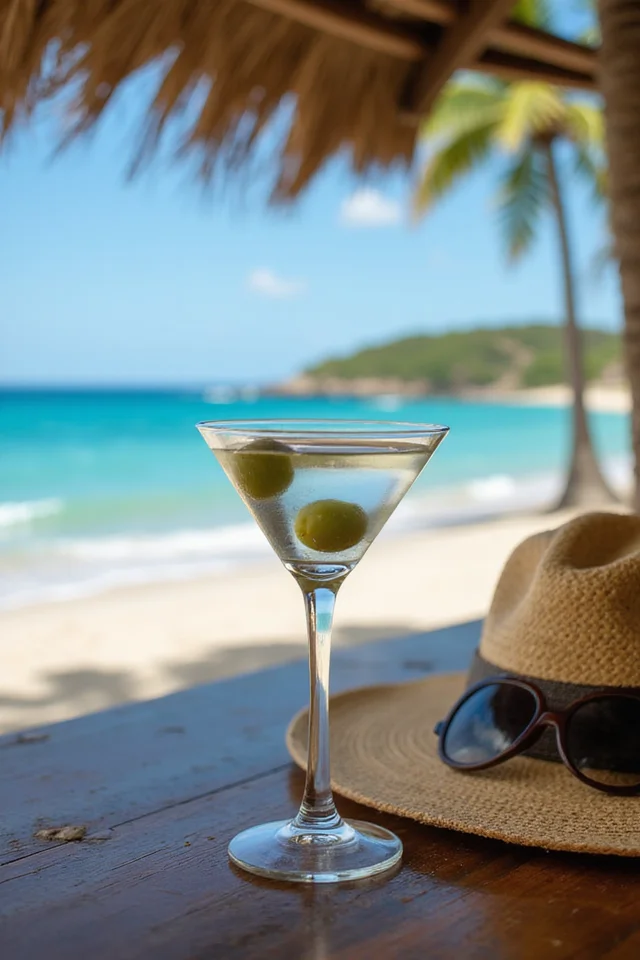
- Using bad vermouth. If it’s been in your cupboard since 2019, toss it. Vermouth is wine-based and oxidizes.
- Shaking instead of stirring. Unless you’re Bond, keep the theatrics to a minimum.
- Skipping the chill. Warm gin tastes like regret.
- Over-garnishing. One olive or twist. This isn’t a salad.
Alternatives
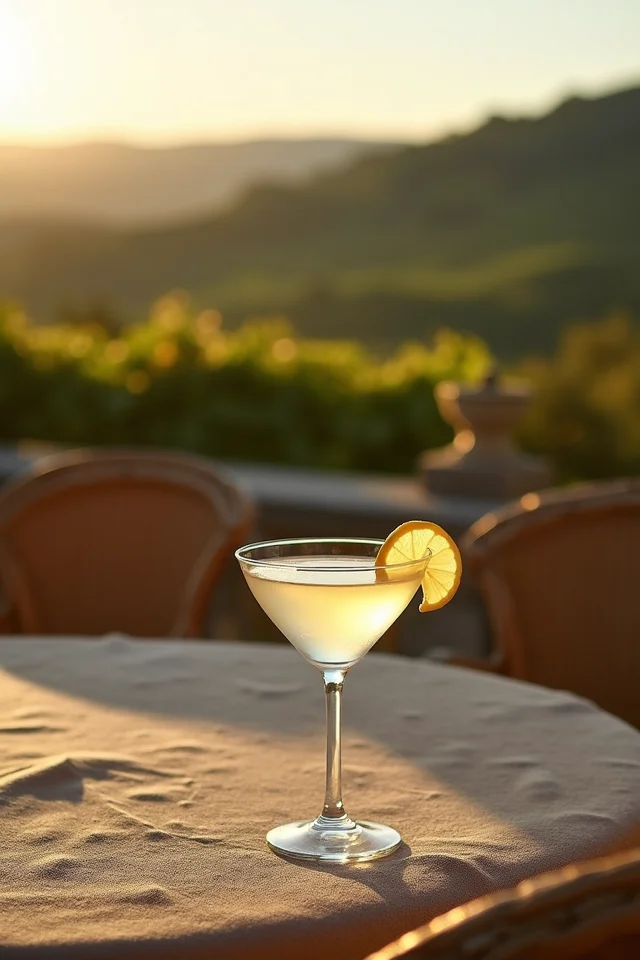
Not a gin person? Here’s how to mix it up:
- Vodka Martini: Swap gin for vodka (but expect side-eye from purists).
- Dirty Martini: Add 0.5 oz olive brine for a salty kick.
- Wet Martini: Up the vermouth to 1 oz if you like it less boozy.
Frequently Asked Questions
Can I make a Martini without vermouth?
Technically, yes, but then it’s just cold gin in a fancy glass. Vermouth is what makes it a Martini.
Why stir instead of shake?
Shaking aerates the drink, making it cloudy and slightly diluted. Stirring keeps it smooth and clear.
What’s the best gin for a Martini?
London Dry gins like Tanqueray or Bombay Sapphire work best. Avoid overly floral or citrus-forward gins unless you like chaos.
Can I batch-make Martinis for a party?
Yes, but mix and chill them in a pitcher without ice. Pour into pre-chilled glasses when ready to serve.
Olive or lemon twist?
Olives add a savory note; lemon brightens it up. Choose based on your mood (or what’s in your fridge).
Final Thoughts
The Dry Martini is simple but unforgiving. Mess it up, and you’ll know. Nail it, and you’ll feel like a legend. So grab good gin, fresh vermouth, and stir like you mean it. Your future self (and your inner 007) will thank you.


